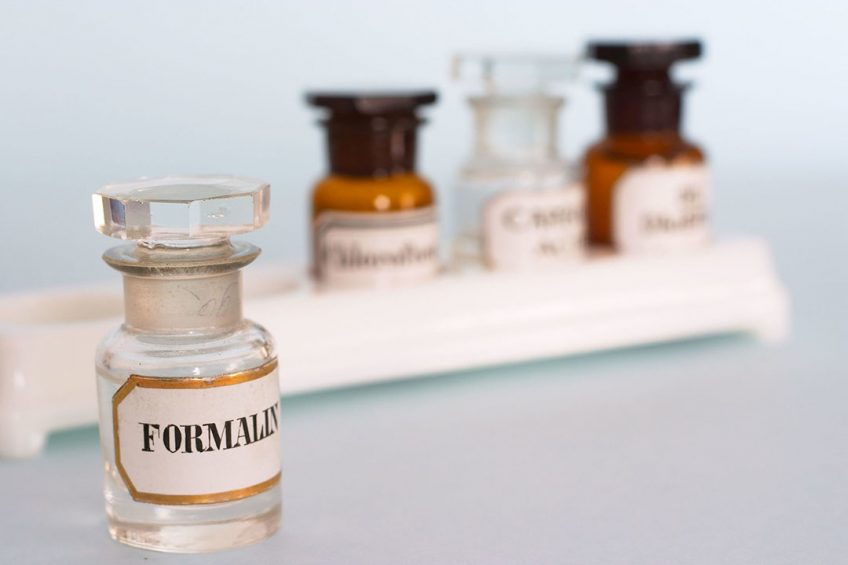Formaldehyde in pig feed – and its alternatives

Feed mitigation is a hot topic in the United States these days, partly because of African Swine Fever. One of the tools available in the US for feed mitigation is formaldehyde, pig nutrition technology expert Dr Casey Bradley writes. The application does come with drawbacks too, she explains.
Here in the USA the constant headlines for the swine industry and agriculture in general are all focused on African Swine Fever (ASF) and trade wars. The continued efforts of preparation and science around ASF is done in good faith, but combining that with discussions of trade wars with China, leaves the industry in fear and chaos. There is no part of the industry that has gone untouched by these persistent threats.
Concurrently, over the past few months, I have been working with a coach on my personal mindset. It has been quite enlightening and the shackles of fear have been broken. My dreams have turned into achievable plans. I have researched, journaled and taken a leap of faith into the turbulent ocean.
Read more of Dr Casey Bradley and other experts at
www.pigprogress.net
Turbulence around feed mitigation
The turbulence in the swine nutrition world around ASF is all centered around feed mitigation, storage times, banned suppliers, etc. All that could have potential negative consequences on the performance and well-being of the pigs themselves.
I have worked with enzymes for over 5 years now, and I know how they can be destroyed in a pellet mill and ultimately cause negative repercussions found in the barn. If you consider storage times, water-soluble vitamins can degrade up to 30% of original concentrations when stored in vitamin trace mineral premixes for 3 months. I am no stranger to investigating vitamin and mineral deficiencies in the field, even though I wish the only images in my memory were from textbooks.
The use of formaldehyde in feed
Regarding feed mitigation, formaldehyde is approved in the USA for Salmonella control and overall bacterial reduction in animal feed. However, it has the potential to bind proteins in the diet and thus negatively impact performance in swine.
Recent work from Kansas State University (Williams and others, 2018) suggests the negative impacts of performance also go beyond protein binding aspects of formaldehyde by negatively impacting the microbiome of the animal. Thus, a feed additive used in good faith has potential to hurt growth performance and ultimately profitability.
Other options under investigation for feed mitigation include organic acids, medium chain fatty acids, essential oils, etc. Many of these additives can act both as a preservative of the feeds and/or have the potential to optimise growth performance and feed efficiency. Even though none of these are approved by the US Food and Drug Administration (FDA) for viral or pathogen control, a majority have the potential to increase the level of protection and possibly add to the producer’s bottom line. Although current research is showing opportunities for feed mitigation, the industry will still face regulatory hurdles.
Research and preparation is needed
Time will tell if producers will break the shackles that bind them and opt to thrive in an opportunistic market. But ultimately to prevent fear, research and preparation is needed. Long term mitigation needs to be thought out from harvest to fork for all pathogens.
Do you have the correct mindset to lead your swine production system or business to success or succumb to fear and chaos? And don’t forget if you need someone to coach you through this, I am just an e-mail or phone call away, as your success is my success.











